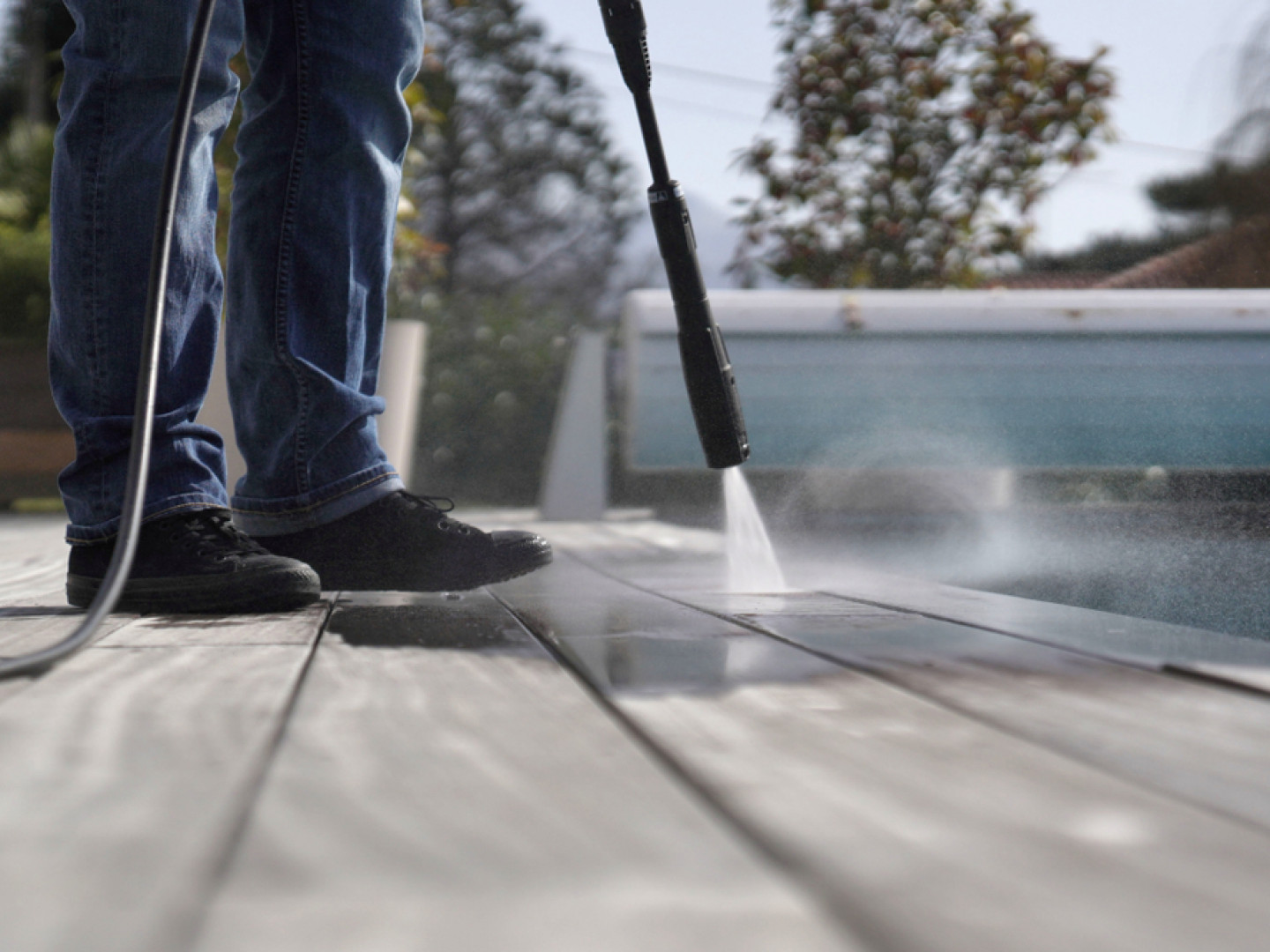
Outline Your DIY Patio and Remove Sod
Cover it with plastic or a curing compound to ensure it stays moist. After curing, remove the form boards carefully so as not to chip the concrete. Use a bull float to smooth the concrete surface and fill in any low spots.Flatten and Level the Area
Contact Us
Clear View Builders
Email: [email protected]
Phone: +19164205862
4913 Rio Linda Blvd
Sacramento, California, United States 95838
- You may want to test yours to see because if yours doesn’t compact like that, you may want to add it into your calculations.The hard surface gives patio furniture firm footing, so you can create a seating ensemble for outdoor dining, morning coffee, or simply relaxing with friends.If you are using larger pavers and installing the patio yourself, you may want to take weight into consideration.The size and complexity of a patio determine how much time and work it will take to build.That’s right, my fire pit patio had the horrid green edging and my stamped concrete patio had no edge at all.
Set the Border Stone
Often a breathtaking shade option, shade sails use a stretched piece of fabric or vinyl between two or more points. Shade sails can be difficult to install, requiring exacting specifications for tension, height and angles. Learn about shade solutions for your deck or patio, from large canopies and patio awnings to natural solutions. Keep your deck cooler and screen out harmful ultraviolet rays. The amount of concrete https://www.manta.com/c/m1xhr0c/clear-view-builders-construction you need depends on the size of your patio. Calculate the cubic yards of the patio site by multiplying the thickness, width, and height of the area. When you’re done setting bricks, run the compactor over them to settle them in and create a level surface and to embed them in the sand. Work in a circular pattern from the outside to the center. Keep the compactor moving to avoid breaking bricks or creating a low spot. If your stone is thick like ours, tamp it along with the bricks. Don’t tamp thinner stone (2 in. thick or less); it may break. With the border stones in place, it’s time to lay the bricks. After installation comes the fun part—it’s time to decorate and furnish your new patio. Order pavers in different sizes and shapes, so you have to make fewer cuts and can fill the entire space. Within your design, consider a spot for a backyard fire pit or other specialty space, such as an outdoor kitchen. Using wood stakes and string, map out the edges of your patio, accounting for 1 inch of slope for every 4 feet. If you have an 8-by-8-foot patio, you'll want a gradual 2-inch slope going in both directions away from your house. Respect local building codes to ensure that patio materials are safe from water-related problems and to comply with drainage laws. 